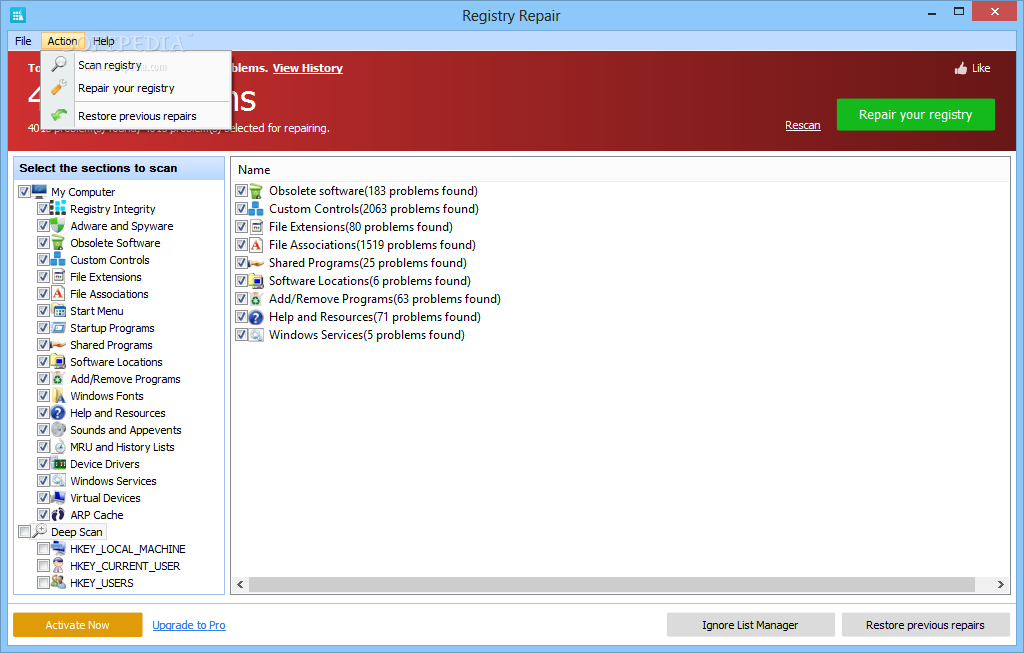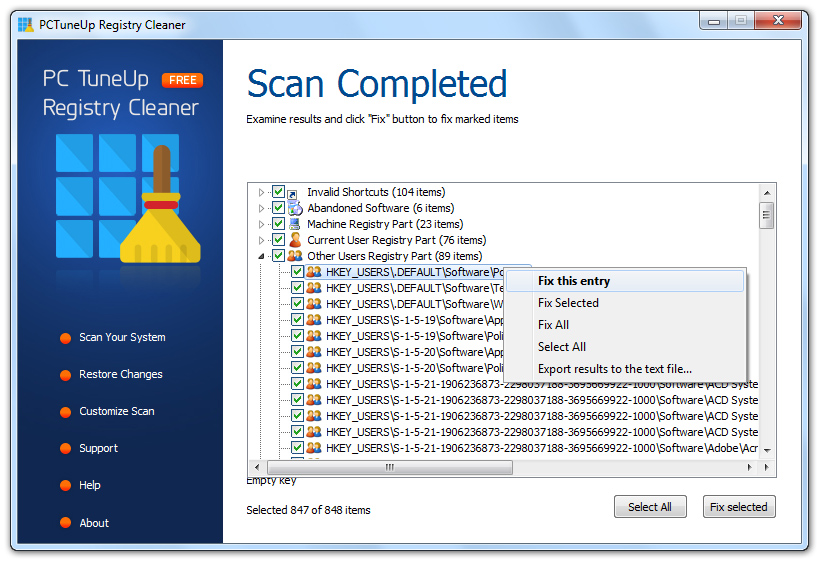

Hospitals with total hospital quality certification.

Descriptive analysis illustrates better stroke outcomes for non-certified and certified stroke units and Our results confirm the trend of decreasing stroke mortality ratios, although to a much lesser degree than Main independent variables: (1) stroke unit care, (2) stroke unit certification, and (3) total hospital quality certification. We estimate hospital- and time-fixed effects regressions with three Structural data and 30-day standardized mortality. We employ annual hospital panel data for 1100ġ300 German hospitals from 2006 to 2014, which includes Service line, and total hospital quality certification on outcomes remain unclear. However, a large share of patients in Germany is still treated in hospitals without stroke unit. Treatment of stroke patients in stroke units has increased and studies have shown improved outcomes. A more stringent assignment of acute stroke patients to stroke unit-providing hospitals could possibly further reduce stroke mortality in Germany. Overall, stroke patients are more likely to survive when admitted to an stroke unit-providing hospital. The earlier stroke unit implementations might represent rather 'formal' inceptions in experienced hospitals with preexisting appropriate stroke care, whereas late implementations seem to have caused extra improvements. A reduction of mortality exceeding the secular trend was observed in hospitals with late stroke unit implementation. Reduction of mortality in hospitals with early provision of stroke unit care seems to be attributable to the secular trend. However, while all stroke unit-providing hospital cohorts converge to a quite similar level of mortality in 2010, mortality in hospitals without stroke unit remains significantly higher.

The longitudinal analysis revealed a general secular trend of declining mortality in all cohorts of hospitals. Overall, mortality in patients admitted to stroke unit hospitals is lower (crude 9♲% adjusted 9♸%) compared to patients admitted to nonstroke unit hospitals (12♷% 11♶%). Trends of risk-adjusted in-hospital mortality are studied stratified by existence of a stroke unit in the admitting hospital, as well as stratified by cohorts of hospitals defined by the respective period of stroke unit implementation. Hospitalizations for acute stroke from 2005 to 2010 are identified in the nationwide German Diagnosis Related Groups statistics. The study aims to analyze the association of mortality trends for stroke with the increasing provision of stroke unit care in German hospitals. Simultaneous, in-hospital mortality for stroke declined. Since then, many acute care hospitals newly implemented stroke units. In Germany, the financing of stroke unit care was implemented into the hospital reimbursement system in 2006.


 0 kommentar(er)
0 kommentar(er)
